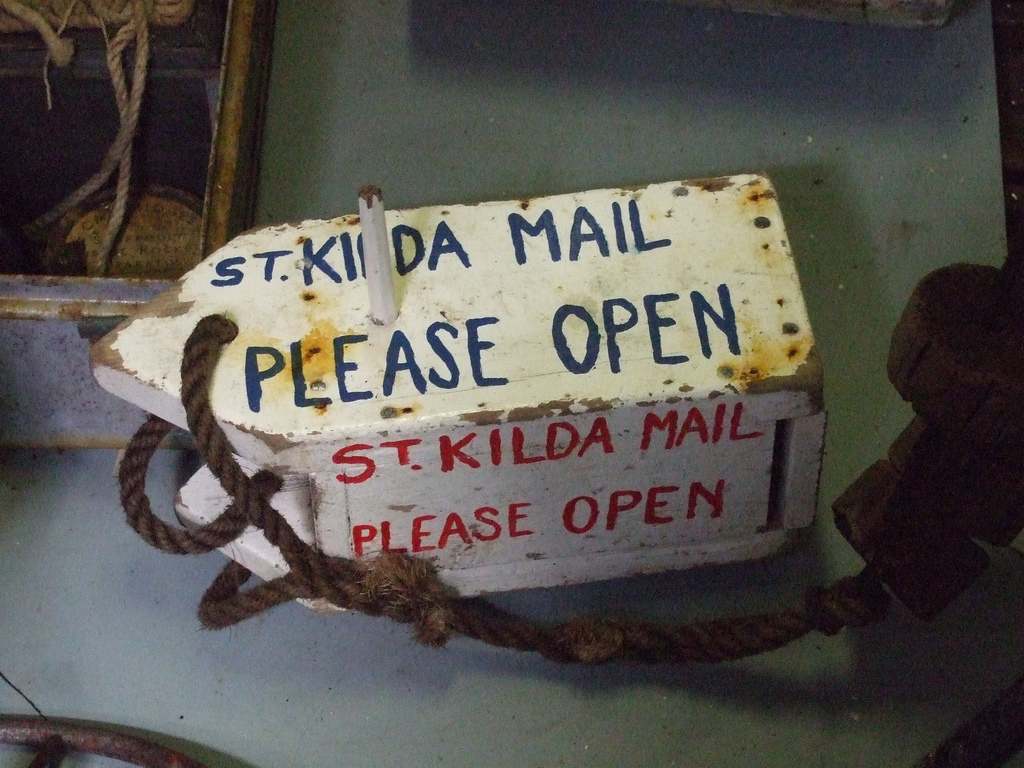
The museum’s archivist, Gavin McGuffie, told Bill Gibb The Honest Truth about the post.
WHEN was the Royal Mail founded?
King Henry VIII of England knighted Brian Tuke in 1516.
Tuke was the first holder of the title Master of the Posts and his job was to ensure speedy delivery of royal communications.
How did the service evolve over the centuries?
Each town had to have three horses available to transport packets of royal letters and bring back news to court.
Busy towns kept a special stable known as a post, ready to carry mail at a moment’s notice.
In 1635, King Charles I opened up the use of the King’s Posts service to the public.
Just how did it start to serve Scotland?
Prior to the Union of the Crowns in 1603 the postal service in Scotland was infrequent.
Following the union, it was placed under dual control with official communications between Scotland and England, via the Edinburgh/Berwick Road, overseen from London.
When are post boxes believed to have first appeared?
They were introduced to the UK by Post Office administrator and novelist Anthony Trollope after he saw them in France.
The first pillar box was erected in mainland Britain in September 1853.
It was an octagonal box, painted dark green and it stood in Carlisle.
Royal Mail now has 115,300 post boxes of all shapes and sizes across the UK.
It’s now common to send our mail abroad. But when did that happen and what were the pitfalls?
As early as the 17th Century, mail was sent to the continent by ships known as packet boats.
They were attacked so often that there were official compensation rates for death or injury – £8 for a sailor’s arm or leg, £4 for an eye.
Tell us about the uniforms Royal Mail workers wore.
Royal Mail issued its first uniform in 1784, for mail coach guards.
It wasn’t until the First World War, when women were recruited to replace men away at war, that a full uniform specifically for postwomen was introduced.
Then a 19-year-old postwoman from Glen Clova in Angus, Jean Cameron, asked to wear trousers in place of the blue skirt.
In 1941, the GPO nationally approved smart women’s trousers with zip fasteners and thin red piping down the side seams. Henceforth they were referred to as Camerons.
What were the more unusual ways of transporting the mail?
By the late 1890s, a unique system of mail dispatch had developed on the remote island of St Kilda.
Letters were enclosed in a waterproof receptacle attached to a buoyant object and launched into the sea, as shown above.
This method was employed in the hope that they would wash ashore and be forwarded on by whoever chanced upon them.
And in 1934-1936, the German Gerhard Zucker tried to convince the General Post Office that postal delivery by rocket was viable and carried out several experiments.
Is there anything specific to Scotland about Royal Mail services?
North of the Border, Royal Mail street furniture, vehicles and buildings bear the Scottish Crown rather than the cypher of Queen Elizabeth – EIIR.
This is due to the fact that Her Majesty is not the second Queen Elizabeth of Scotland but the first.

Enjoy the convenience of having The Sunday Post delivered as a digital ePaper straight to your smartphone, tablet or computer.
Subscribe for only £5.49 a month and enjoy all the benefits of the printed paper as a digital replica.
Subscribe